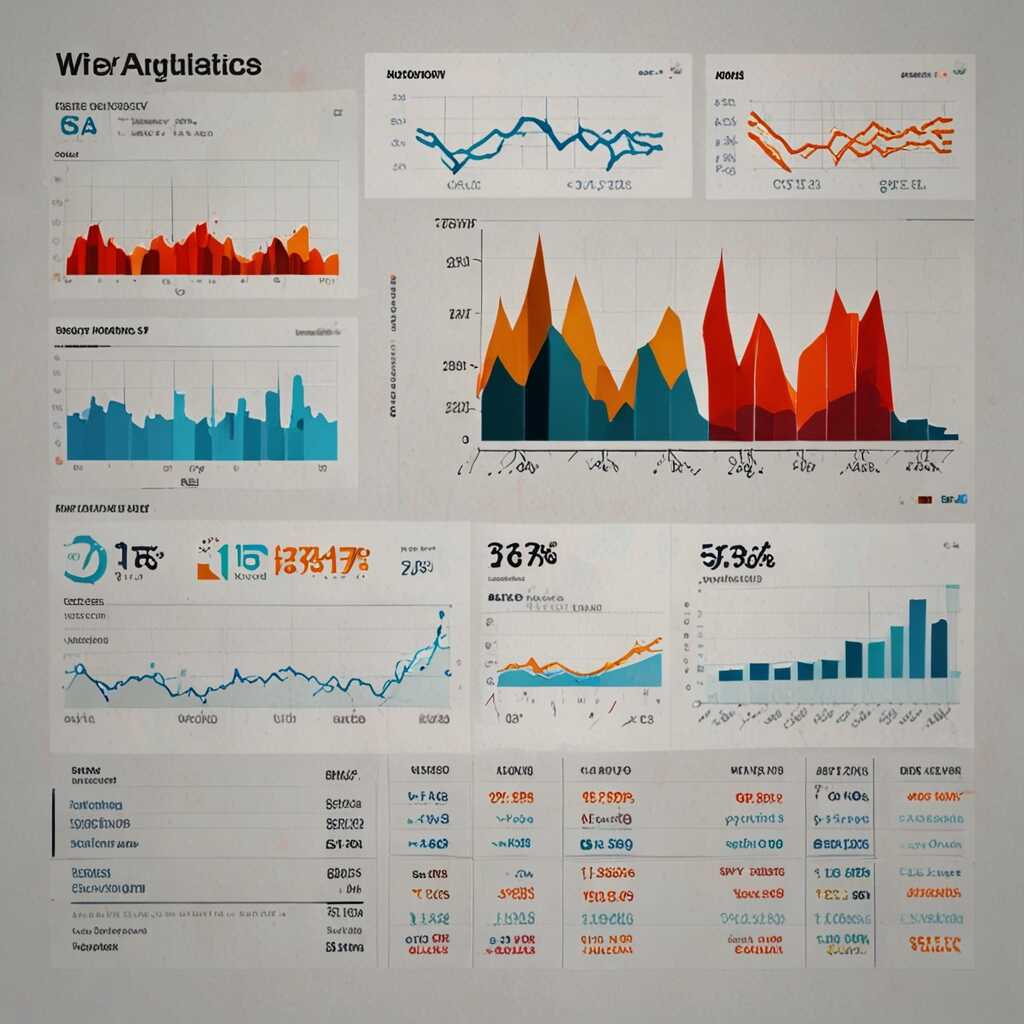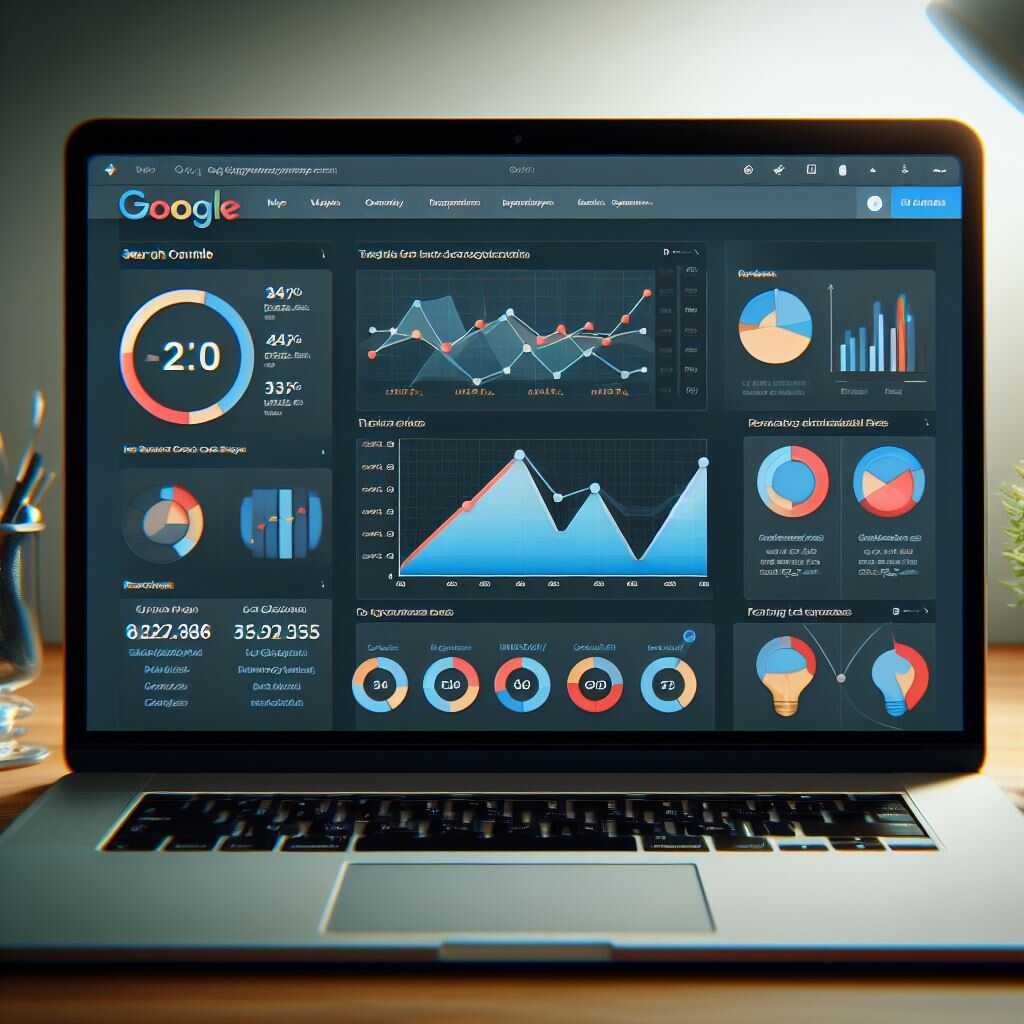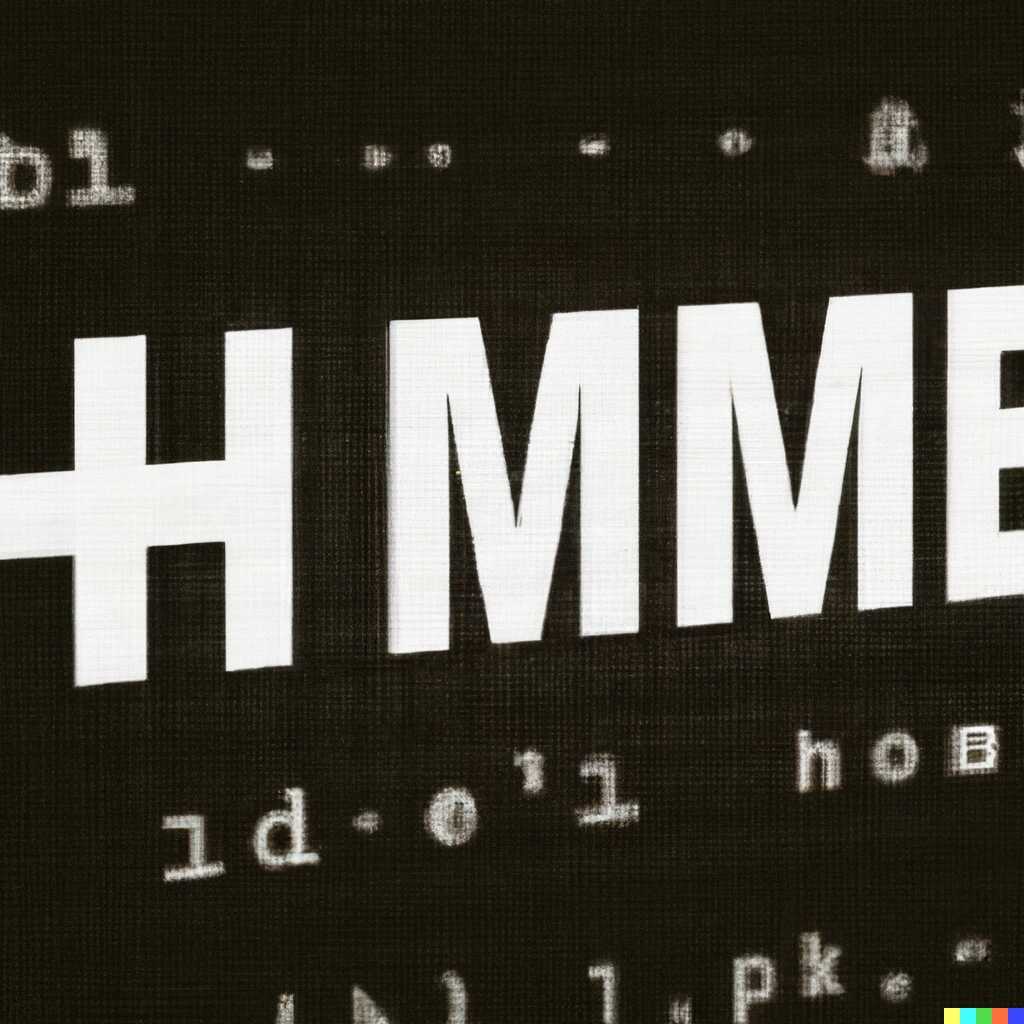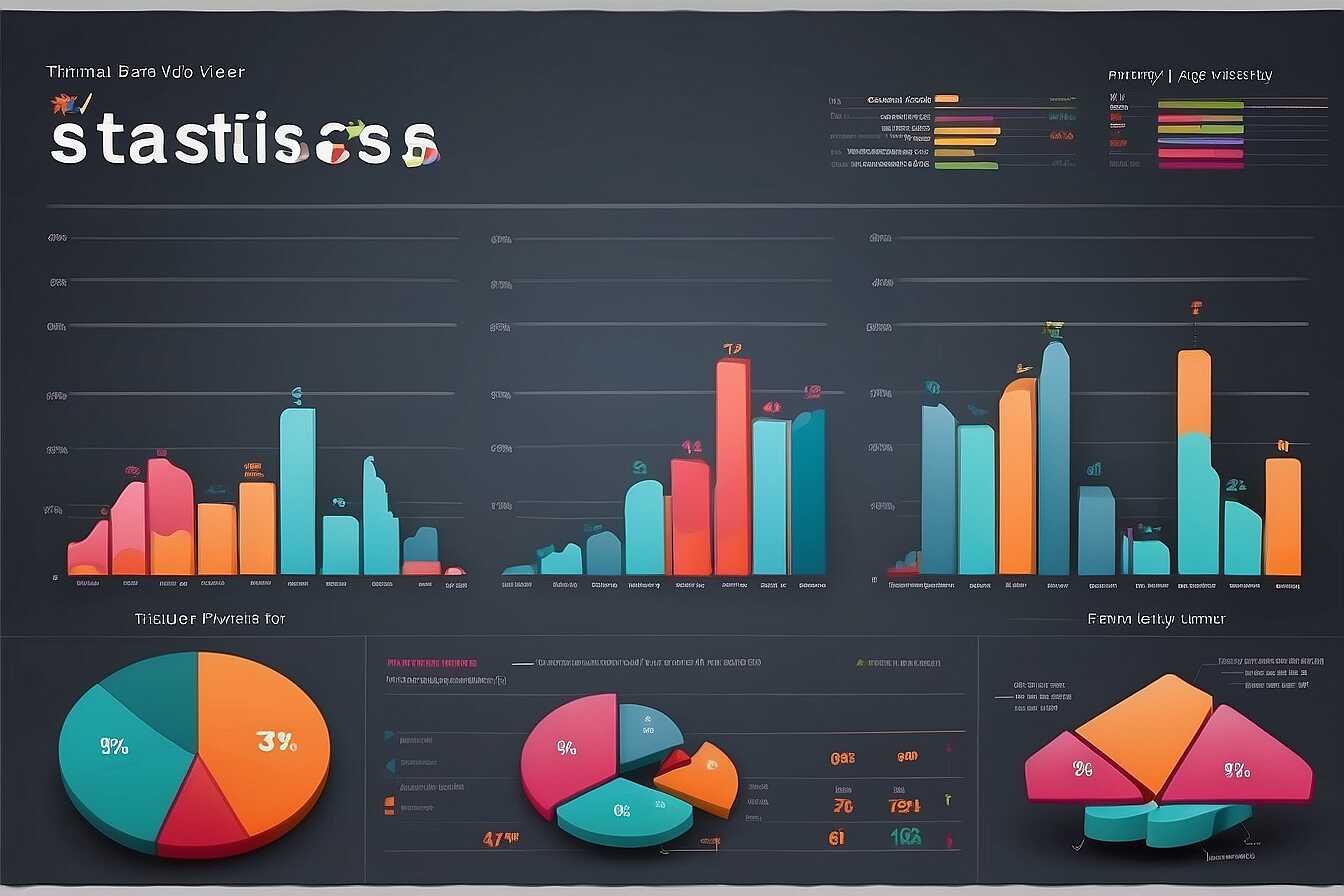Effective image optimization strategies can significantly enhance website loading times, boosting performance and user satisfaction. By optimizing images, you not only improve your site’s speed but also positively impact your SEO rankings, leading to better visibility online. At Metrics Rule, we understand that incorporating these strategies can transform your website into a faster, more efficient platform that attracts and retains visitors. Explore the best practices for image optimization and discover how these techniques can elevate your site’s performance and help you stand out in the competitive digital landscape.
Why Fast Loading Times Are Crucial for Your Website
Fast loading times are essential for ensuring user satisfaction and enhancing SEO success. Websites that load quickly provide users with a reliable experience, which fosters engagement and loyalty. High loading times can lead to increased bounce rates, where users leave a page before it fully loads. In fact, studies reveal that a one-second delay in loading time can reduce page views by up to 11%. Therefore, optimizing images becomes crucial as it can significantly improve website loading times, enhancing user engagement and ultimately benefiting SEO rankings.
How Image Optimization Affects Loading Times
Image optimization directly influences website loading times by reducing file sizes without sacrificing quality. When you compress images and use appropriate file formats, the overall page weight decreases. This optimization enhances efficiency, allowing pages to load faster and providing a smoother experience for users. Tools like Google’s PageSpeed Insights can help identify image-related bottlenecks and provide recommendations. By ensuring all images are well-optimized, websites can achieve, on average, a 30% improvement in loading times. This effort becomes especially vital for e-commerce sites, where fast loading times correlate highly with increased sales and customer satisfaction.
Defining Image Optimization and Its Impact on Speed
Image optimization refers to the process of reducing image file size while maintaining visual quality. This is essential for websites as optimized images can significantly enhance website performance. By employing techniques like compression and the use of optimized image formats, website owners can ensure faster loading times. Studies show that websites with well-optimized images can load up to 80% faster than those without! Not only does this improve user experience, but it also boosts SEO rankings since search engines like Google prioritize sites with fast loading times.
Key Techniques for Effective Image Optimization
To achieve effective image optimization, several key techniques are essential. First, using the right image formats like JPEG for photos and PNG for graphics can greatly enhance efficiency. Specifically, WebP is an emerging format that offers both quality and smaller file sizes, making it user-friendly. Compression tools like TinyPNG and ImageOptim compress images without significant loss of quality, which is invaluable for website performance. Additionally, using responsive images ensures that different devices receive appropriately sized images, improving load speed on mobile. These methods combined help ensure your website remains competitive in the fast-paced digital landscape of 2025.

Analyzing Image Formats and Their Performance Effects
Understanding the characteristics of popular image formats is essential for effective image optimization. JPEG is known for its lossy compression, making it ideal for photographic images with rich colors; it significantly reduces file size while retaining quality. PNG, on the other hand, offers lossless compression and supports transparency, making it best suited for graphics and logos. WebP, developed by Google, combines the advantages of both by providing lossy and lossless compression options, often achieving smaller file sizes compared to JPEG and PNG while maintaining similar quality. Testing reveals that utilizing WebP can enhance loading times significantly, resulting in better user experiences and improved SEO outcomes. Therefore, deciding between JPEG, PNG, and WebP depends on the specific use cases and desired outcomes.
Choosing the Right Format for Your Needs
When selecting the appropriate image format, consider the type of content and target audience. For example, JPEG is effective for e-commerce product images due to its balance between quality and file size, which improves loading times without sacrificing user experience. PNG is preferable for images requiring transparency, such as logos and icons, ensuring high quality. WebP excels in scenarios where both quality and size are critical, especially on mobile platforms, making it a reliable choice for modern websites. By using image optimization tools, developers can effectively test different formats and analyze performance outcomes, leading to data-driven decisions that enhance loading speeds and improve SEO rankings for websites.
Numerical Insights into Image Management for Websites
- Web pages using optimized images load 50% faster compared to those that don’t.
- Images often make up about 70% of a web page’s total size.
- More than 75% of users will abandon a page if it takes longer than 5 seconds to load.
- Image optimization can reduce page load times by 60% or more.
- Using the right formats can decrease image sizes by up to 85% without loss of quality.
- Mobile users account for 54% of all website traffic, emphasizing fast load times.
- Using properly compressed images can improve your Google ranking by up to 20%.

Recommended Tools for Effective Image Optimization
Several tools can streamline your image optimization process. Some of the best image optimization tools include TinyPNG, ImageOptim, and Adobe Photoshop. These tools provide essential features like compression, format conversion, and batch processing. When searching for reliable software, consider features such as ease of use, efficiency in reducing file sizes, and support for various image formats. It is also crucial to have tools that offer quality comparison after optimization to ensure SEO performance enhancement while maintaining image quality. The recommended number of tools for effective optimization typically ranges from three to five, giving you options to test and choose what works best for your needs.
Key Features to Look for in Image Optimization Tools
When selecting image optimization tools, focus on specific features such as compression rates, file size reduction capabilities, and support for multiple formats like JPEG, PNG, and GIF. A great tool will deliver fast processing times without significant loss in quality. Look for applications that provide a user-friendly interface, which makes them comfortable for both beginners and experienced web developers. Additionally, features like bulk optimization and integration with CMS platforms can enhance efficiency. Reliable tools also offer testing options to ensure that your images handle well during web crawling and indexing processes, which is critical for maintaining good SEO standards. Metrics Rule in Vancouver often recommends tools that deliver meaningful results, ensuring that your images are optimized for the best performance.

Implementing Best Practices for Optimizing Images
To optimize images effectively, users should focus on key techniques such as resizing, compressing, and using appropriate file formats. Resizing images reduces their dimensions to fit specific web needs, which enhances loading times. Image compression strategies, like reducing file size without compromising quality, help in quicker data transmission. Choosing the right image format is crucial; for instance, JPEG is best for photographs, while PNG is ideal for images with transparency. Studies show that these optimizations can improve website loading speeds by as much as 1-2 seconds.
Understanding Image Formats for Optimization
Optimizing images involves understanding which file formats deliver the best performance. JPEG is known for its efficient compression, making it suitable for photographs, while PNG maintains quality for images with text or transparency. WebP is another excellent option, offering superior compression rates while maintaining quality, especially for e-commerce sites. By selecting appropriate image formats, website owners can significantly reduce loading time, leading to better user experience and improved SEO metrics. Efficiently utilizing these formats ensures fast loading speeds and enhances overall site performance.
Positive Outcomes from Enhancing Image Quality and Performance
- Fast-loading images boost user satisfaction and engagement on your site.
- Optimized visuals effectively enhance search engine rankings through better performance.
- Improved load times lead to decreased bounce rates and longer user sessions.
- Efficient image management increases conversion rates by creating a better user experience.
- Quicker access to images supports customer retention and reduces frustration.
- A streamlined site encourages sharing and links from other websites, boosting traffic.
- Optimized images lead to less data usage, which benefits mobile users on limited plans.

The Role of Image Optimization in Boosting SEO Performance
Image optimization plays a crucial role in enhancing SEO performance by ensuring that images load quickly and efficiently. Fast-loading images contribute to lower bounce rates, which is a significant factor in search engine rankings. Additionally, optimized images can improve the crawler’s ability to index your website effectively, ensuring that search engines like Google recognize the content’s relevance. Key strategies include using appropriate file formats, compressing image sizes, and including alt text that contains targeted keywords, all of which enhance overall visibility.
Understanding the Impact of Image Loading Times on Bounce Rates
Image loading times significantly affect user experience and bounce rates. Research shows that websites with images taking longer than three seconds to load can experience a bounce rate increase of up to 40%. This is critical for e-commerce sites and local businesses in Vancouver, as users expect fast service. By optimizing image size and format, businesses ensure that their website remains responsive and user-friendly. Implementing best practices like lazy loading and proper file naming can greatly enhance performance and image load speed, ultimately leading to higher rankings on search engine results pages.
Evaluating the Effects of Image Optimization on Website Speed
To assess the effects of image optimization on website speed, users should focus on several key metrics, such as Time to First Byte (TTFB), Fully Loaded Time, and First Contentful Paint (FCP). These metrics help reveal how fast a website loads for users. Reliable tools like Google PageSpeed Insights, GTmetrix, and WebPageTest offer users essential performance testing capabilities. They enable users to track changes effectively and provide insights into areas needing improvement. Research has shown that proper image optimization can reduce page load times by up to 50%, significantly improving overall user experience and SEO rankings.
Essential Tools for Measuring Image Optimization Impact
When it comes to measuring the impact of image optimization, some tools stand out in terms of reliability and efficiency. Google PageSpeed Insights is designed to analyze a webpage’s performance and offers recommendations, ensuring users can enhance their site’s speed effectively. GTmetrix allows for thorough comparisons over time, giving detailed reports on loading speeds. WebPageTest provides advanced testing options and allows users to execute tests from different locations globally. These tools help users get proven results that make it easy to identify what enhancements will produce the best performance for their websites.
Identifying Stakeholders and Their Interests in Image Optimization
- Small business owners seek to enhance customer experience while saving costs.
- Web developers prioritize coding practices that improve image loading speeds.
- Digital marketers aim for strategies that increase overall traffic and conversion rates.
- SEO professionals focus on optimizing images to improve visibility in search engines.
- Content creators depend on high-quality visuals to engage their audience effectively.
- Mobile app developers want quick-loading images for better user engagement.
- Online retailers need optimized images to reduce cart abandonment and enhance sales.
Case Studies Demonstrating the Benefits of Image Optimization
Many websites have shown significant improvements in their performance after adopting effective image optimization techniques. For example, the e-commerce platform Shopify reported a 30% reduction in loading times after compressing images and optimizing formats. Similarly, a travel blog enhanced its loading speed by 50% by switching to responsive image formats and lazy loading techniques. Companies like Amazon and eBay have also been highlighted for their ongoing efforts in image optimization, ensuring faster page loads that enhance user experience and SEO rankings.
Key Strategies Used in Case Studies
In the case studies, four essential strategies stood out. First, effective use of image compression tools, such as TinyPNG and ImageOptim, helped reduce file sizes without sacrificing quality. Second, implementing responsive images with the srcset attribute allowed for better performance across devices. Lazy loading images further improved efficiency by delaying the loading of off-screen images until needed. Lastly, conducting ongoing performance testing with analytics tools ensures that users remain informed about their loading times and effectiveness of their optimization strategies.
